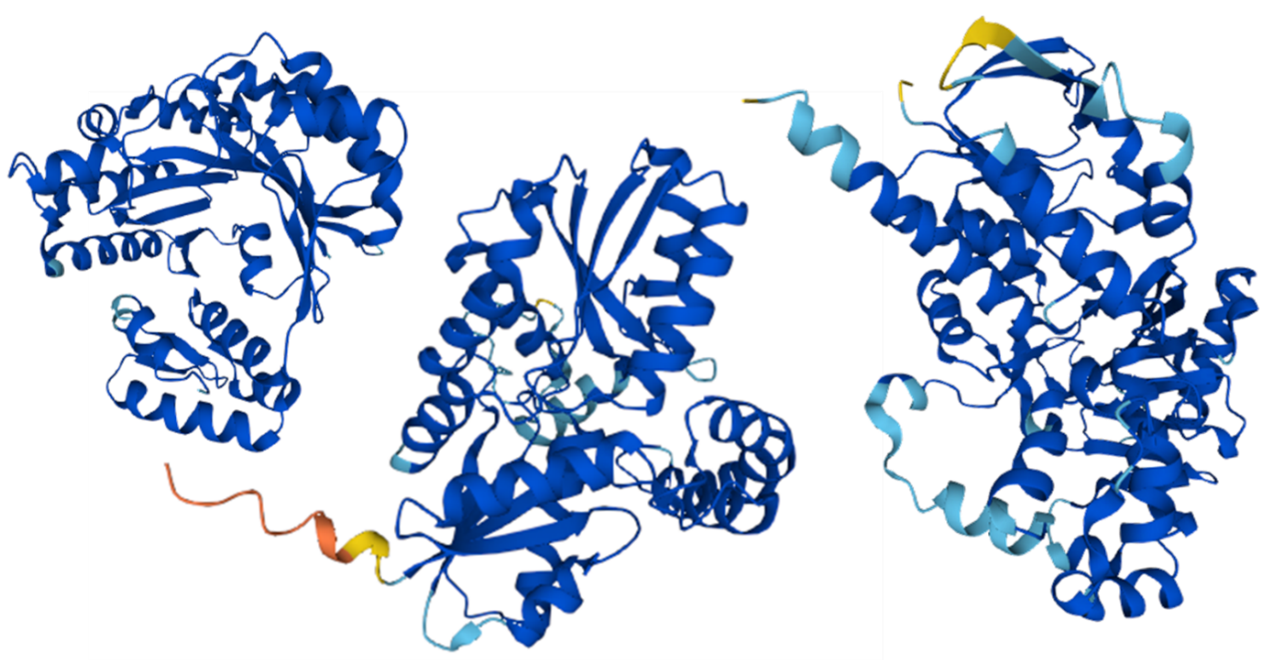Importance of heme biosynthesis in the oral pathogen Porphyromonas gingivalis
SUPERVISORS: Stefan HOFBAUER, Christina SCHÄFFER
Background.
The Gram-negative oral biofilm bacterium Porphyromonas gingivalis (Pg) is a keystone pathogen in periodontitis, a globally occurring, multibacterial inflammatory disease [1]. Iron and porphyrin acquisition are fundamental to the virulence of Pg [2], due to an incomplete set of genes encoding the biosynthesis enzymes of heme [3] (porphyrin auxotrophy), which is the prosthetic group of many biologically active proteins (hemoproteins). Pg is an inflammophilic bacterium that procures heme from hemoglobin present in the gingival crevicular fluid and also employs porphyrin uptake mechanisms for survival [2]. In the Pg genome, only the final three (out of eight) heme biosynthesis enzymes are present (coproporphyrinogen decarboxylase, protoporphyrinogen oxidase, and protoporphyrin ferrochelatase). The role and the importance of the remaining heme biosynthesis machinery are unclear to date. Notably, the latter enzyme from Pg ATCC 33277 shows peculiarities in its sequence concerning binding of a [2Fe-2S] cluster, which might be relevant for the enzyme’s activity [4]. It is necessary to study the present heme biosynthesis enzymes for their structure-function relationship to obtain valuable information on their activity profiles and predict their contributions to the pathogen’s iron/porphyrin equilibria. With the knowledge of structure-function relationships of these enzymes, it is possible to test the effect of their deletion or replacement with tailored mutant variants on the fitness of Pg in vivo as well as within the biofilm consortium. This project will deliver important pieces of knowledge to better understand the processes related to iron/heme metabolism that contribute to bacterial pathogenicity. Such in-depth understanding is a necessary foundation for the future development of targeted interference strategies.

Aims and methods.
Heme biosynthesis enzymes from Pg will be heterologously expressed in E. coli. Based on structural data, site-directed mutagenesis of amino acids potentially important for cofactor binding and activity will be performed. Emphasis will be placed on amino acids involved in porphyrin binding and [2Fe-2S] cluster binding, for the ferrochelatase, and residues predicted to be involved in protein-protein interactions and regulatory sites.
Wild-type and mutant proteins will be characterized by a broad set of biochemical/biophysical methods including (i) X-ray crystallography, (ii) detailed spectral analysis (UV-Vis, electron paramagnetic resonance and resonance Raman spectroscopy) of proteins, and protein-based radicals in different redox- and spin-states (in cooperation with Giulietta SMULEVICH, Department of Chemistry, University of Florence, Italy), (iii) time-resolved multi-mixing UV-vis stopped-flow studies in order to analyze the kinetics of substrate binding and enzymatic activities.
The second main work package of this project will be to genetically manipulate heme biosynthesis genes directly in Pg and to thoroughly characterize the resulting phenotypes with regards to bacterial fitness (external stressors), biofilm formation capability and influence of heme biosynthesis on cohabiting bacteria in oral model biofilms, considering that Pg exerts a general growth promoting effect on the biofilm consortium.
Furthermore, a convenient method for porphyrin profiling using mass spectrometry shall be established (together with Tim CAUSON, BOKU). These methods will provide valuable insight into the mechanism heme biosynthesis in Pg.
REFERENCES
1. Hajishengallis, G., Diaz, P.I. (2020) Porphyromonas gingivalis: Immune subversion activities and role in periodontal dysbiosis. Curr Oral Health Rep 7, 12-21. doi:10.1007/s40496-020-00249-3
2. Gao, J.L., Kwan, A.H., Yammine, A., Zhou, X., Trewhella, J., Hugrass, B.M., Collins, D.A.T., Horne, J., Ye, P., Harty, D., Nguyen, K.A., Gell, D.A., Hunter, N. (2018) Structural properties of a haemophore facilitate targeted elimination of the pathogen Porphyromonas gingivalis. Nat Commun 9, 4097. doi:10.1038/s41467-018-06470-0
3. Olczak, T., Simpson, W., Liu, X., Genco, C.A. (2005) Iron and heme utilization in Porphyromonas gingivalis. FEMS Microbiol Rev 29, 119-144. doi:10.1016/j.femsre.2004.09.001
4. Weerth, R.S., Medlock, A.E., Dailey, H.A. (2021) Ironing out the distribution of [2Fe-2S] motifs in ferrochelatases. J Biol Chem 297, 101017. doi:10.1016/j.jbc.2021.101017
